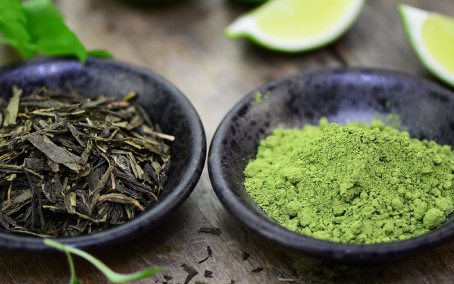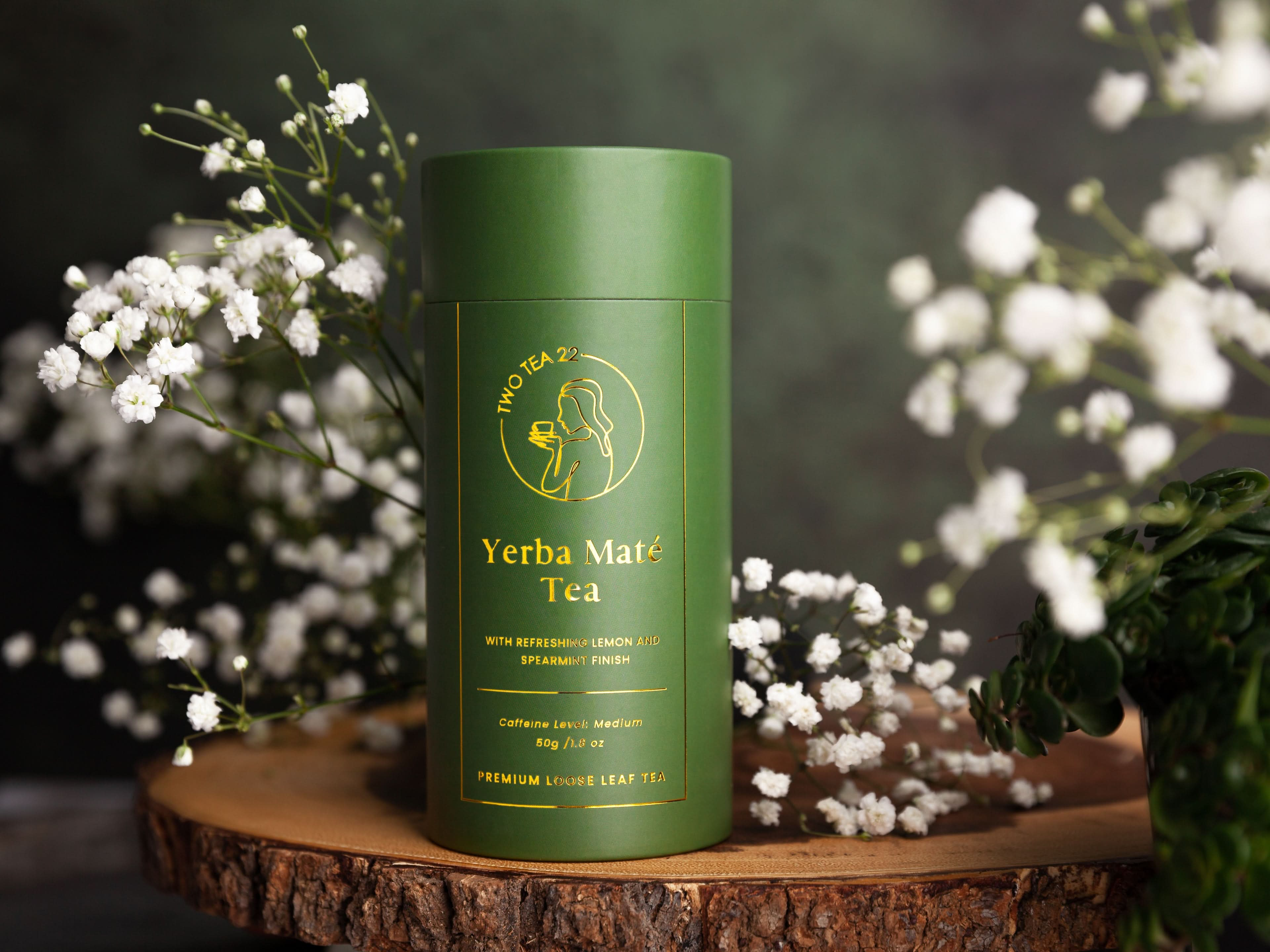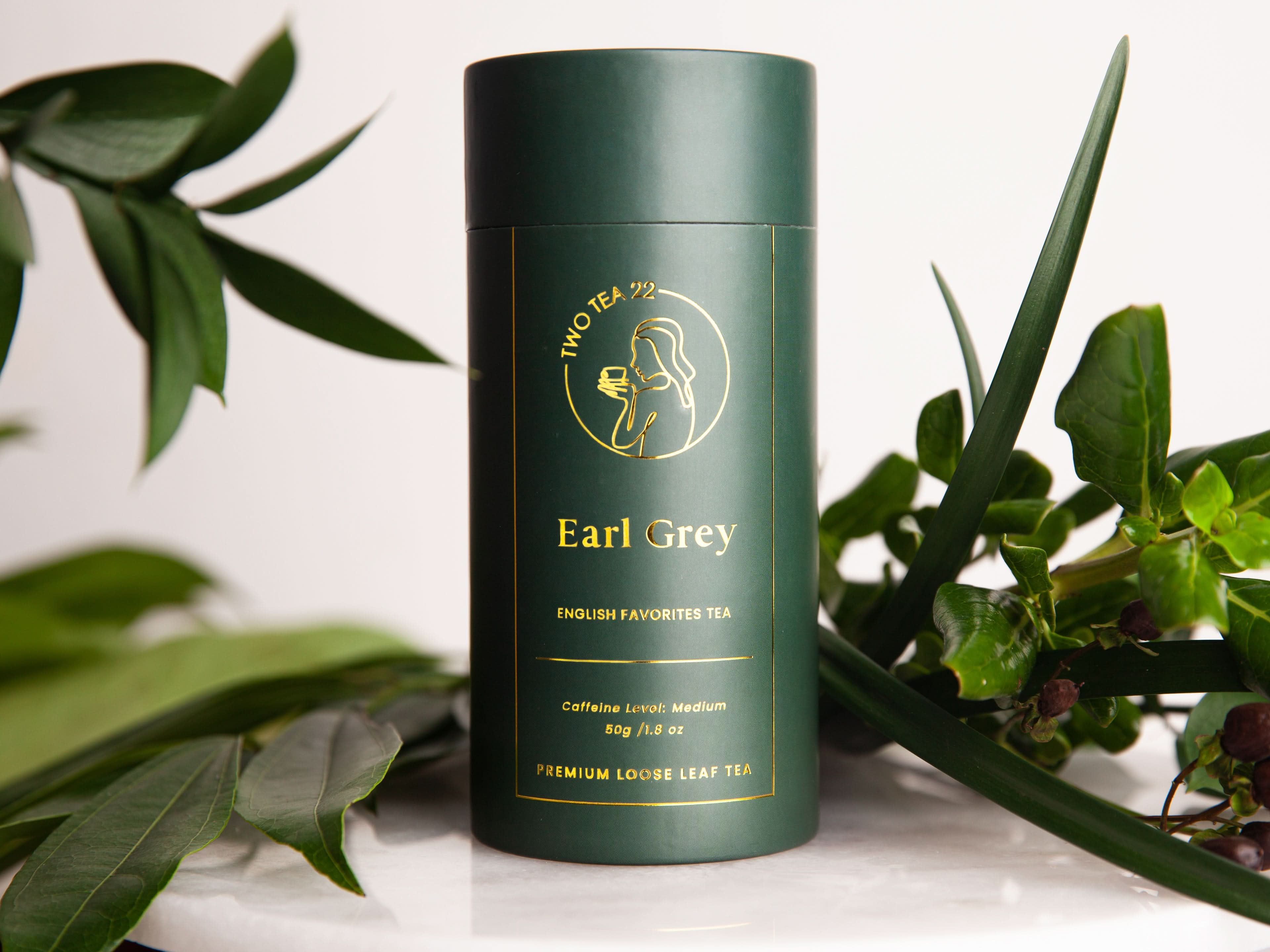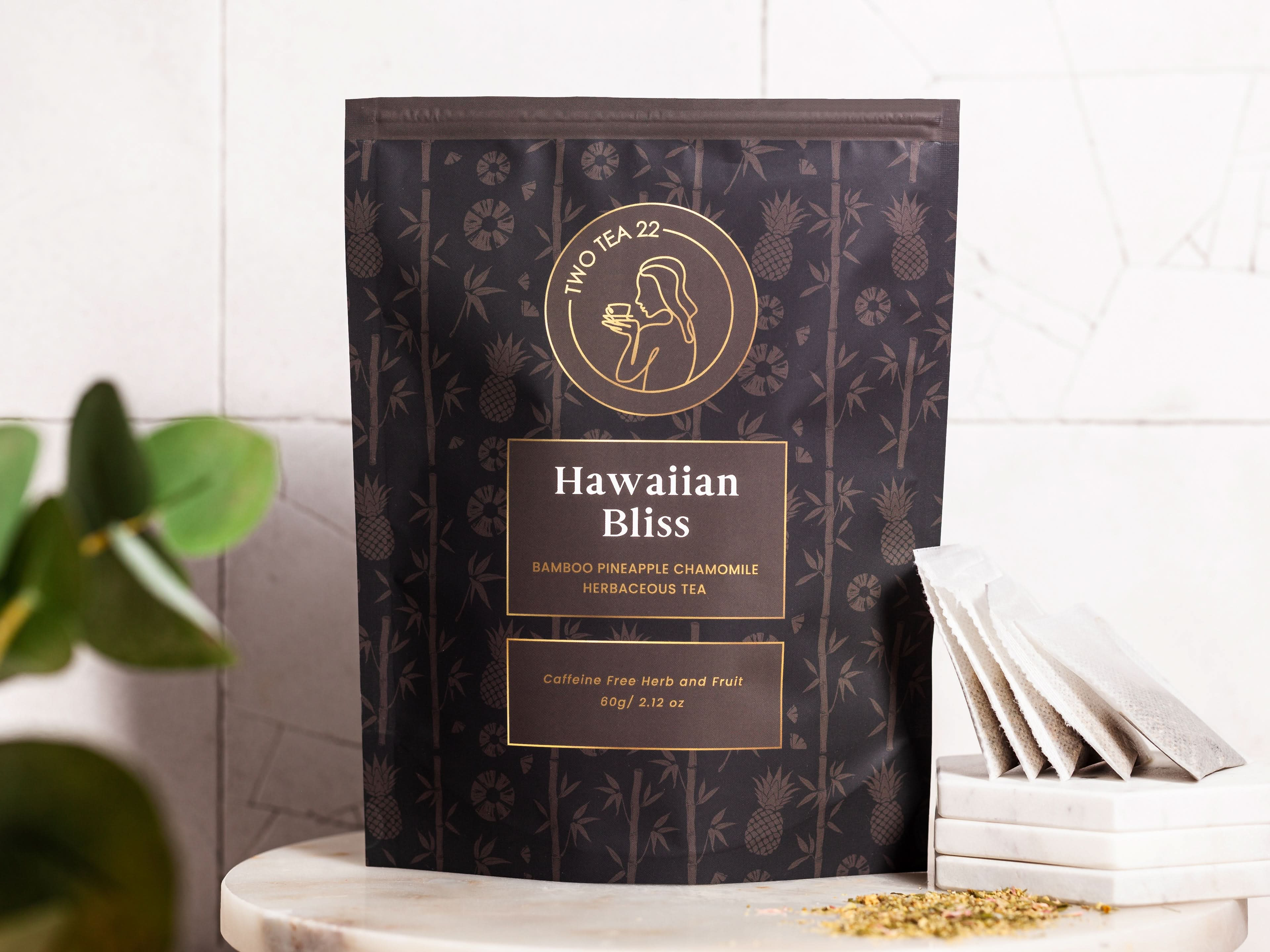
Sencha tea: what is it?

Sencha or sencha green tea is a Japanese tea with a unique taste and nutty notes that sets it apart from other beverages. Sencha is loved not only in the Land of the Rising Sun but also throughout the world. The historical homeland of the plant in Japan. The first bushes were planted by the Buddhist monk in the 13th century.
Because of its high price, the drink was consumed by wealthy families and presented to Japanese emperors as a gift. In 1738, the tea merchant came up with a method of processing tea: brewing it not in separate cups, but in a common vessel. This made it possible to reuse the tea leaves several times, and the tea became available to a wide range of consumers.
Today, sencha tea is an integral part of everyday Japanese life. It is consumed daily and everywhere - at home, at business meetings, and at festive meals. It is served with various snacks and sweet cookies.
The Sencha tea may not seem so different from other green teas at first glance, but it boasts a unique flavor and aroma that sets it apart. The leaves are thin and delicate, resembling elegant needles, and when brewed, the tea takes on a soft emerald hue. The taste is fresh and refined, with subtle nutty notes, while the barely discernible aroma evokes the scents of green grass and the sea. It's important to note that if the aroma is overpowering, it may be a sign of added flavorings. If steeped for too long, the tea can become too bitter, but when prepared in the traditional way, the Japanese tea leaves a pleasant, smooth aftertaste.
In Japan, Sencha is often served with a variety of desserts or sipped alone, without any sweet accompaniments, to fully appreciate its delicate nuances of flavor and aroma. It's also served hot in the evenings, which can help one relax and have a restful sleep. On hot days, the tea is refreshing and uplifting, better than any lemonade. Adding ice cubes to a cup of Sencha can create a refreshing and invigorating beverage.
How to Brew Sencha Tea?
To experience the true natural taste of sencha, it's crucial to prepare it correctly. Follow these step-by-step instructions for brewing the perfect cup:
Use 1 teaspoon of dry leaves per 150-200ml of hot water.
Use a glass, ceramic, or porcelain kettle.
Rinse the kettle with boiling water.
Pour hot water over the tea leaves (80-85 degrees Celsius) and stir.
Steep for 20-60 seconds.
A small amount of foam indicates proper brewing. If there's no foam, the water might be too cool. For the best experience, enjoy freshly brewed sencha in white porcelain cups to appreciate its true emerald-green hue and natural flavor. Refrain from adding any sweeteners or flavorings to truly savor the tea's pristine taste.
Sencha should not be steeped more than twice in a row, as over-brewing can result in a murky and bitter cup. Store dry leaves in an airtight porcelain or ceramic container to preserve their freshness.
Sencha tea is a true treasure among the world's tea varieties. Its unique preparation method, which involves rolling and drying the leaves into delicate spiderweb-like shapes, preserves a wealth of vitamins and minerals that provide numerous health benefits.
Benefits and Potential Risks of Sencha
Finally, Sencha tea is a powerful weapon against aging. Its antioxidant properties fight free radicals in the body, slowing down the aging process and promoting cell regeneration. This can lead to smoother, younger-looking skin and a reduction in the appearance of fine lines and wrinkles. With Sencha tea, you can enjoy the benefits of a beauty treatment without the need for expensive procedures!
On the other hand, consuming this tea can also be beneficial for boosting energy and productivity, as the caffeine, vitamins, minerals, and antioxidants present in the tea can provide a gentle yet long-lasting effect on your brain, resulting in improved concentration, and faster thinking.
To reap the benefits of Sencha tea, it is recommended to drink 2-3 cups daily. However, as with any product with a complex chemical composition, it is important to be aware of its contraindications. Sencha tea has both benefits and potential risks. It is a misconception that green tea is universally beneficial for everyone. To avoid potential side effects such as insomnia and excessive excitement, it is important to consume Sencha tea responsibly. Pregnant and breastfeeding women should consult a doctor before consuming Sencha tea, and it is not recommended for children under the age of three.
In conclusion, sencha is a popular green tea with unique characteristics that is exported from Japan to many other countries. It can be enjoyed as a favorite family beverage, a highlight of tea ceremonies, or an interesting addition to evening tea gatherings with guests, as long as the recommended consumption guidelines are followed to maximize the benefits.



































